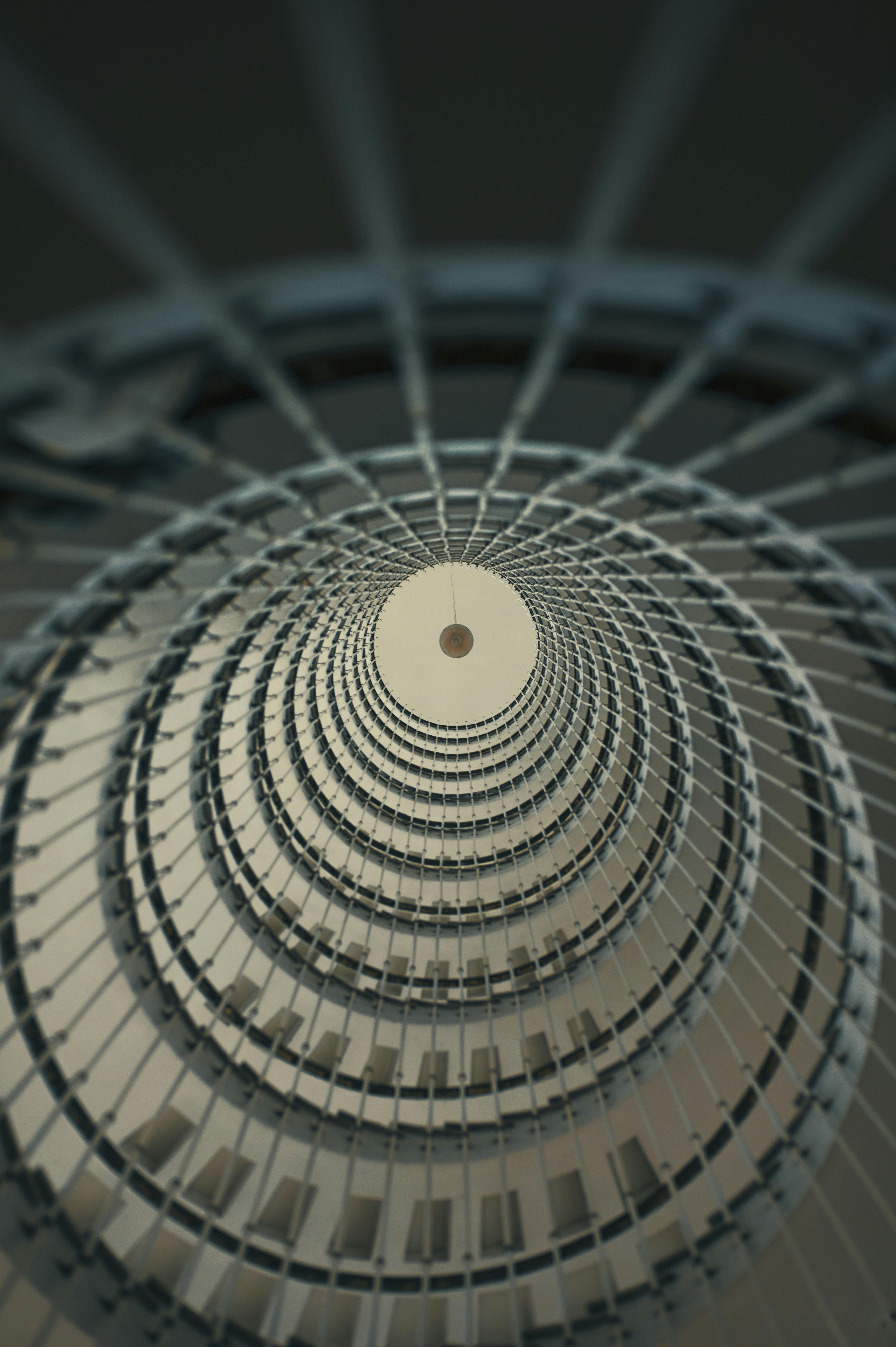Digital Renaissance: The Uncharted Territory of Virtual Reality Art
In the ever-evolving realm of arts and entertainment, a digital renaissance is reshaping the landscape. Virtual reality art is the new frontier, offering immersive experiences that challenge our understanding of creative expression. With a history that traces back to the dawn of computer technology, this burgeoning movement is now making waves in the mainstream.

Back to the Future: A History of Virtual Reality Art
The concept of virtual reality (VR) art may seem like a product of the 21st century, but its roots stretch back to the 1960s. The Sensorama, a mechanical device designed by visionary Morton Heilig, was one of the earliest attempts to create a fully immersive sensory experience. However, it was only in the early 1990s with the advent of computer graphics and VR technology that artists began to explore this medium in earnest. Pioneers such as Char Davies and Jeffrey Shaw laid the groundwork, experimenting with the potential of VR as an artistic tool.
Today’s Palette: Virtual Reality Art in the Modern Age
Fast forward to the present day, and VR art has taken on a life of its own. From the vibrant, multi-dimensional works of Rachel Rossin to the surreal, dreamlike landscapes of Jakob Kudsk Steensen, today’s artists are pushing the boundaries of this medium, creating immersive experiences that blur the line between reality and imagination.
Impact and Reception: Embracing the Digital Canvas
The impact of VR art has been profound, shaking up traditional notions of artistic practice and audience engagement. With the ability to invite viewers into their creations, artists can now establish a direct, interactive dialogue with their audience. Critics and spectators alike have lauded this revolutionary approach, hailing it as a game-changer in the field of art.
Plugging into the Future: The Potential of Virtual Reality Art
While VR art is still in its infancy, its potential for growth is enormous. As technology continues to advance, artists will have even more tools at their disposal to create immersive, boundary-pushing works. The possibilities are virtually limitless, heralding an exciting new era for artists and art enthusiasts alike.
In conclusion, virtual reality art represents a bold step forward in the arts and entertainment industry. As we stand on the cusp of this digital renaissance, it’s clear that the future of art lies in uncharted, virtual territory. This is a brave new world, and we are all explorers.




